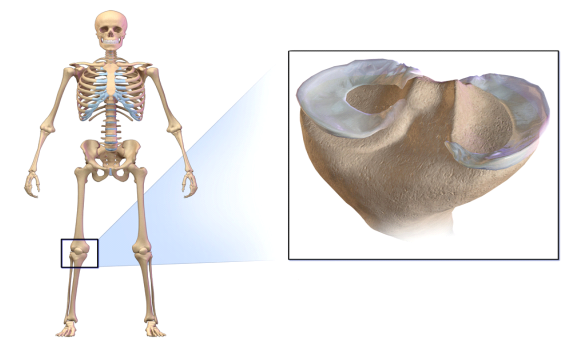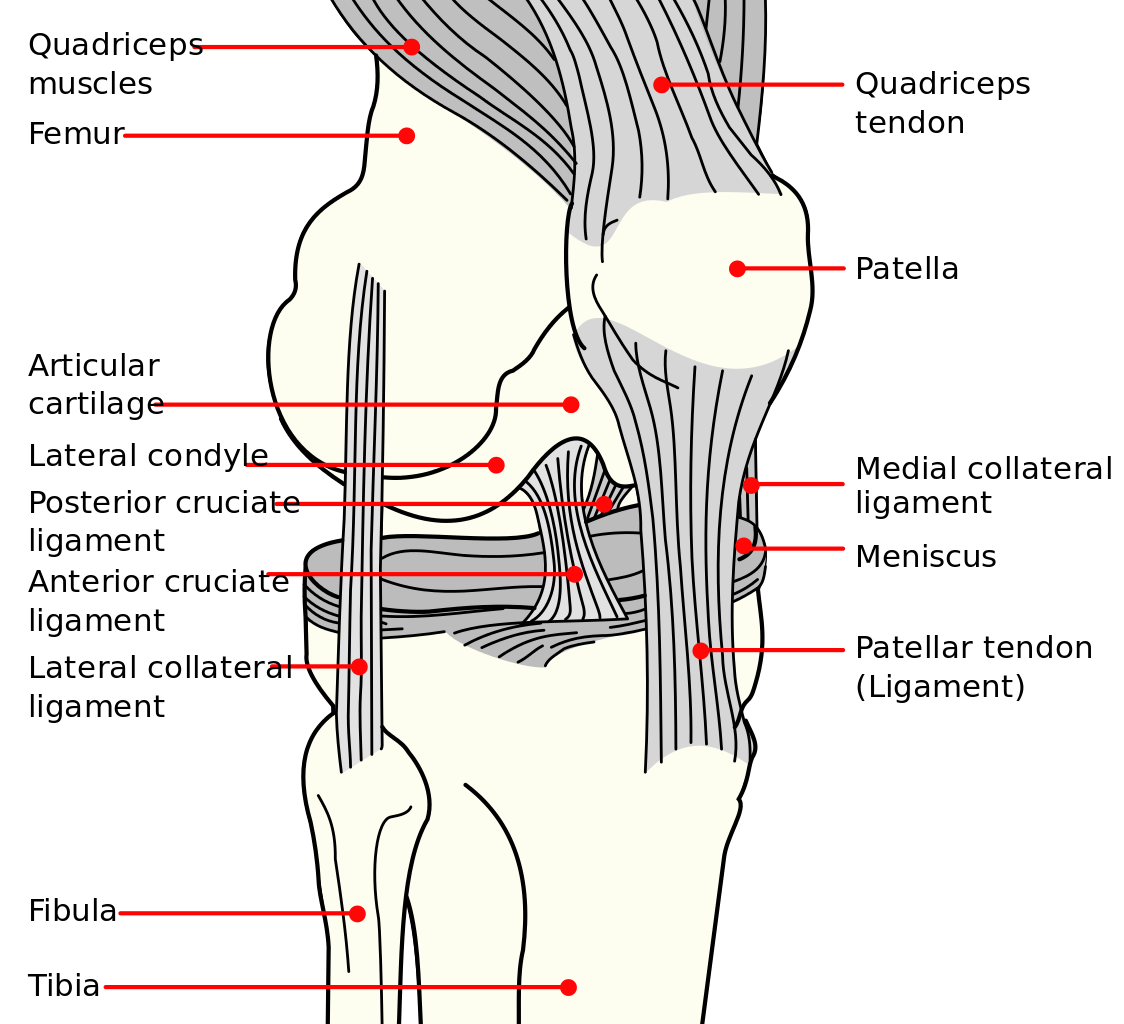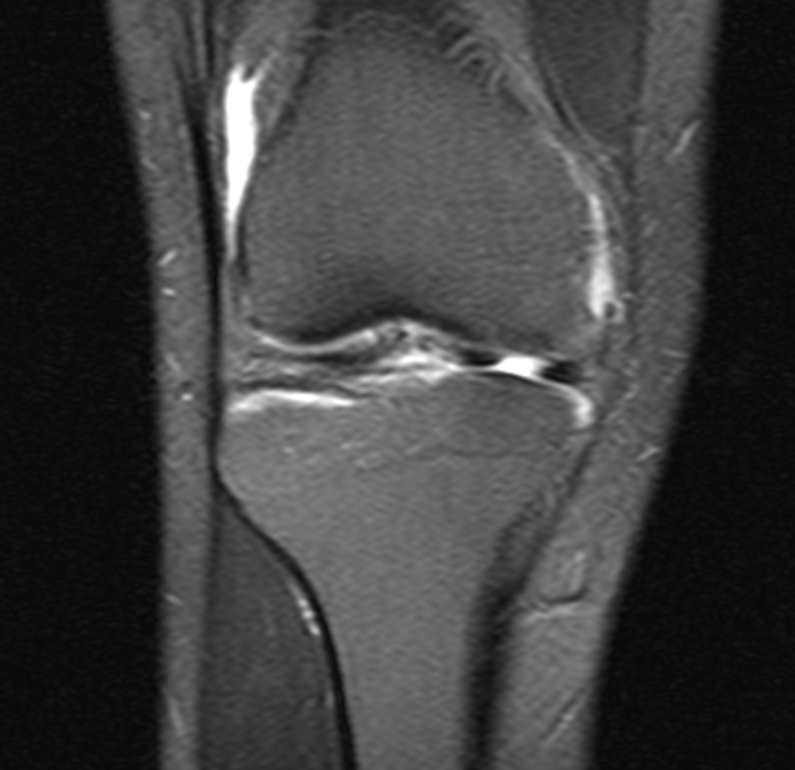
Erasmus+
“This project has been funded with support from the European Commission. This publication reflects the views only of the author, and the Commission cannot be held responsible for any use which may be made of the information contained therein”
Medial Meniscus (MM) and Lateral Meniscus (LM) injuries in soccer – Prevention Strategies
Upon completion of this module the reader will be able to:
- Understand basic anatomy and functional anatomy for the knee complex.
- Understand the Medial and Lateral Meniscus Injury epidemiology
- Understand the mechanisms for the Medial and Lateral Meniscus injuries.
- Determine common risk factors that can lead to the Medial and Lateral Meniscus injuries.
- Incorporate exercises in order apply a prevention strategy for the Medial and Lateral Meniscus injuries.
Review the «Anatomy and Functional of the meniscus» topic and the «Injury prevention strategies» topic first. Read the description of the “Menisci injuries in soccer – Prevention strategies” and the corresponding presentation and then follow the proposed videos for some ideas of “Menisci injury prevention exercises”. End the session with the “Bibliography and the additional learning materials” and assess your understanding with the “Menisci injuries in soccer” quiz.
The soft tissue structure in the knee includes 2 menisci, the MM (located on the inside of the knee) and LM (located on the outside of the knee). These crescent-shaped pads of fibrocartilage rest on the tibial condyles and form a concave surface for the femoral condyles to rest on.
These cover approximately 2/3 of the tibia surface and are thicker on the outside and thinner on the inside appearing triangular in cross section. They fill the space between the leg bones and cushion the femur so it doesn’t slide off or rub against the tibia. The menisci play a very important role in the proper working of the knee. Essentially, they serve as cushions to decrease the stress caused by weight bearing and forces on the knees.

By Andrewmeyerson – Own work, CC BY-SA 4.0, https://commons.wikimedia.org/w/index.php?curid=49411618
Figure: An illustration of knee joint and the menisci. The menisci are “thin discs” that lie between the thigh (upper leg) and the tibia (lower leg)

They work like shock absorbers, supporting the load by compressing and spreading the weight evenly within the knee. The menisci assist with the proper movement (arthrokinematic) of the femur and tibia during flexion and extension. They help stabilize the knees when in motion, reduce friction within the joint, and lubricate and protect the articular cartilage surrounding the tips of the bones from damage due to wear and tear.
Τhe proposed preventive strategies for knee injuries include four phases and they propose specific preventive exercises :
Phase I : Muscular conditioning to restore dysfunctional movement patterns that can impede performance
1a. Inhibition: Inhibit through foam rolling the over-activate muscles: gastrocnemius & soleus, adductors, Tensor fasciae latae & Iliotibial band, and the short head of the biceps femoris.
1b.Muscle lengthen: Specific lengthening exercises with static or neuromuscular stretches for gastrocnemius & soleus, adductors, Tensor fasciae latae & IT-band, and the short head of the biceps femoris
Phase II: Muscular performance: Modifying strength and conditioning movements
Specific activation exercises through strengthening exercises or positional stabilization exercises for the anterior and posterior tibialis, gluteus medius, and gluteus maximus. Core strength.
Phase III: Functional exercise: Building efficient movement patterns
Starting with proper athletic position, always warm up before playing, perform different Squats and Walking Lunges. Do balance, agility-changing direction and jumping and landing exercises.
Medial and Lateral Meniscus injuries in soccer – Prevention strategies
Meniscal tears or injuries are very common in the general population and are even more common in individuals who systematically participate in soccer activities.
Meniscal injuries epidemiology
Meniscal injuries are relatively uncommon in young athletes (less than 18 years old) and the tend to increase as athletes become older or/and if they exercise at high intensity. Meniscal tears represent 8% of all injuries sustained over a professional football season. The medial meniscus is affected in more than 70% of the cases (https://www.fifamedicalnetwork.com/courses/meniscal-and-cartilage-injuries/). Meniscal injuries are often combined with other injuries such as an ACL injury. Such injuries develop in time (chronic tears) due to long term participation in sport. This higher risk for meniscal tears may be related to the frequent occurrence of a combination of greater weight-bearing stresses and twisting moments occurring on a semiflexed knee during such sports. Further, some injuries can occur suddenly in one training or game session (acute meniscal tears) and soccer athletes are at higher risk to sustain such injuries. Meniscus injuries often occur in combination with ligament injuries, particularly when the medial meniscus is involved. Soccer athletes presented ACL injury in 0.523/1000 h of practice and meniscal injury in 0.448/1000 h of practice (Astur et al. 2016). (https://www.sciencedirect.com/science/article/pii/S2255497116300532).

Hellerhoff / CC BY-SA (https://creativecommons.org/licenses/by-sa/3.0)
Figure: An example of meniscus injury (“tear”) as it appears in a magnetic resonance image. The dark grey shaded area between the femur (upper part) and the tibia (lower bone) represents the menisci. When the meniscus is injured this area appears disrupted.
Mechanisms of injury
The most common mechanism of menisci injury in a soccer player is a twisting injury with the foot planted on the ground and bended, often forced by an opponent player. Injury may also occur due to a slow twisting force at the knee. In other words, the foot and the lower leg rotate opposite relative to the thigh. The rotational forces that are exerted at the knee joint, especially when the knee is flexed, tend to load the menisci. Tackles from opponent player are frequently directed towards the lateral side to the knee and tend to load the medial meniscus and the medial collateral ligament. This is because injury to the medial meniscus is about 5 times more common than injury to the lateral meniscus.
Medial and Lateral Meniscus injuries prevention exercises based on previous phases:
Phase I : Muscular conditioning to restore dysfunctional movement patterns that can impede performance
Phase ΙI : Muscular performance – Modifying strength and conditioning movements patterns
Phase III : Functional exercise -Building efficient movement patterns
Bibliography and the additional learning materials
- First try to increase your joint flexibility using stretches
- Strengthen you muscles, especially the quadriceps
- Perform balance exercises
- Try to improve your technique in landings and changes in direction
- Always exercise in a pain-free range of motion. Exercises or parts of exercise that lead to pain should be avoided.
[ays_quiz id=’21’]
Erasmus+
“This project has been funded with support from the European Commission. This publication reflects the views only of the author, and the Commission cannot be held responsible for any use which may be made of the information contained therein.”
